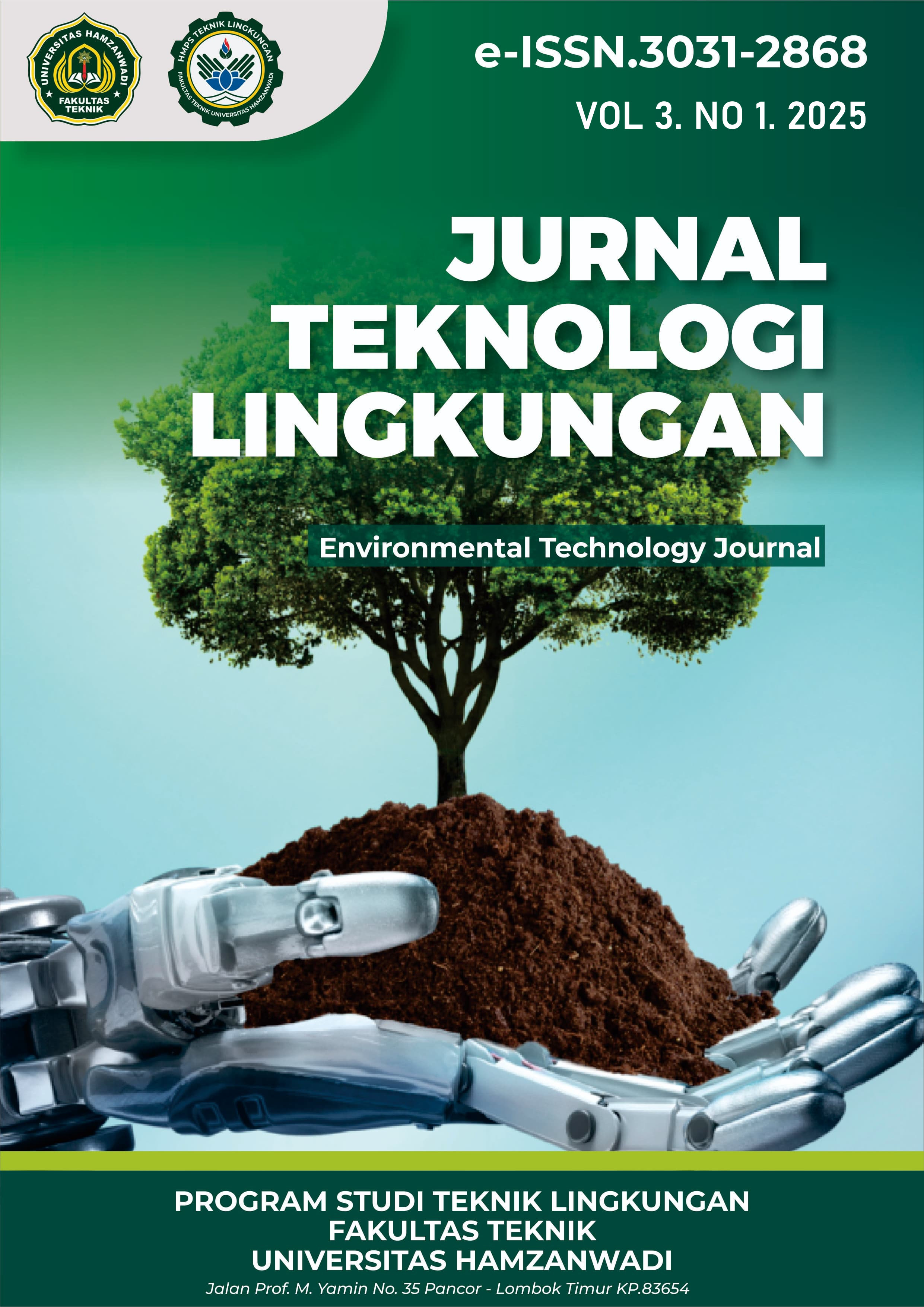Effect Of Variation In Composition Of Waste And Kepok Banana Peel Adhesive On Briquette Quality
PENGARUH VARIASI KOMPOSISI LIMBAH BAGLOG JAMUR TIRAM DAN PEREKAT KULIT PISANG KEPOK TERHADAP KUALITAS BRIKET
DOI:
https://doi.org/10.29408/jtl.v3i1.28243Keywords:
Baglog Waste, Banana Peels, Charcoal, BriquettesAbstract
Baglog waste produced by farmers can pollute the air and soil around the disposal site. Its main composition is sawdust which still stores energy so that it can be used as a raw material for briquettes. Briquettes require adhesives to glue the charcoal particles so that they do not break easily. Banana peels have fairly high pectin content so that they are suitable for use as briquette adhesives. The purpose of this study was to analyze the effect of using variations in the composition of oyster mushroom baglog waste (Pleurotus ostreatus) and kepok banana peel adhesive (Musa paradisiaca L.) on the quality of briquettes. This study was a type of experimental research with quantitative descriptive analysis. Formulation of variations in the comparison of baglog waste and banana peel sample 1 (60%:40%); sample 2 (50%:50%); sample 3 (40%:60%). The results of the study show that the best variation was in sample 3, namely water content, ash content, volatile matter content, bound carbon content and the best calorific value, respectively, including 5.63%, 38.10%, 50.86%, 11.04% and 3546 cal/gr. The use of variations in the composition of baglog waste and banana peels in this study did not have a significant effect on the quality of the briquettes produced. Therefore, the use of mushroom baglog waste and banana peels as raw materials for briquettes is not optimal because it does not meet SNI.
Downloads
Published
Issue
Section
License
Copyright (c) 2025 Jurnal Teknologi Lingkungan

This work is licensed under a Creative Commons Attribution-ShareAlike 4.0 International License.




